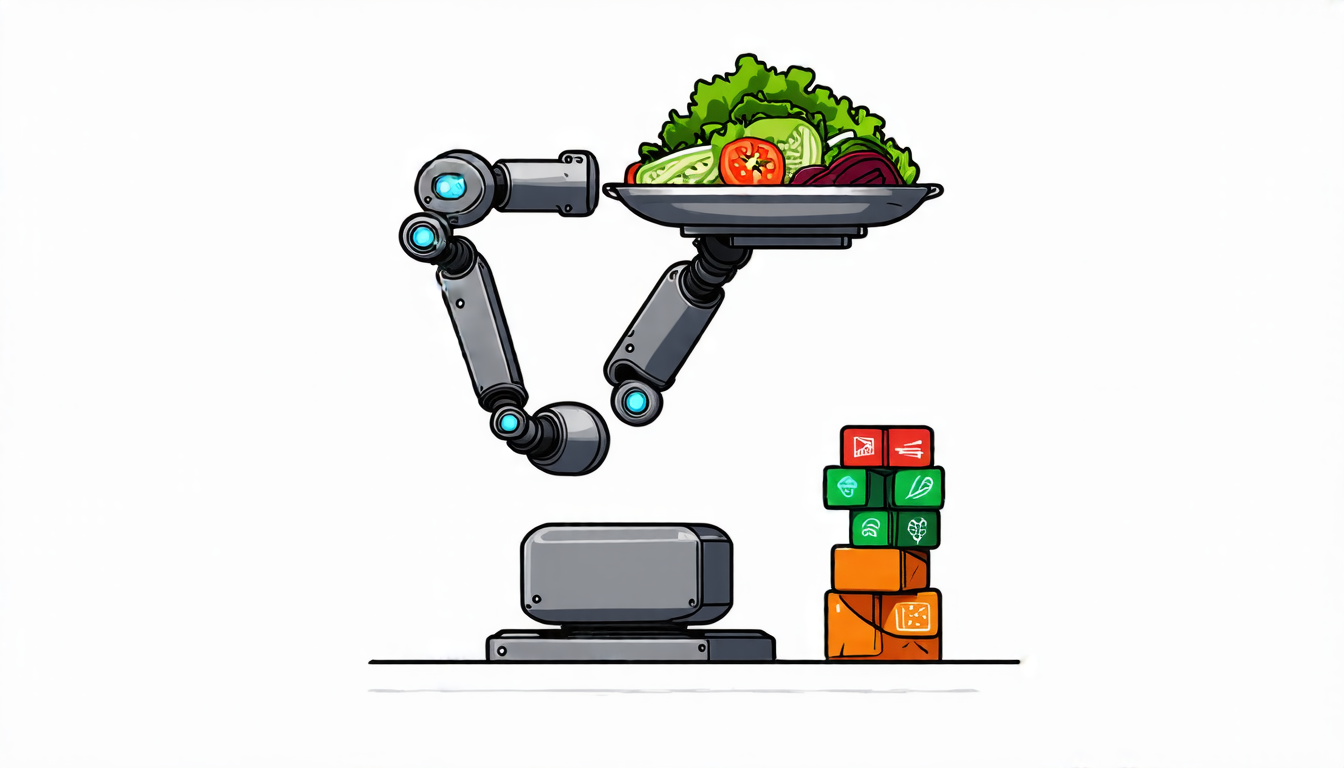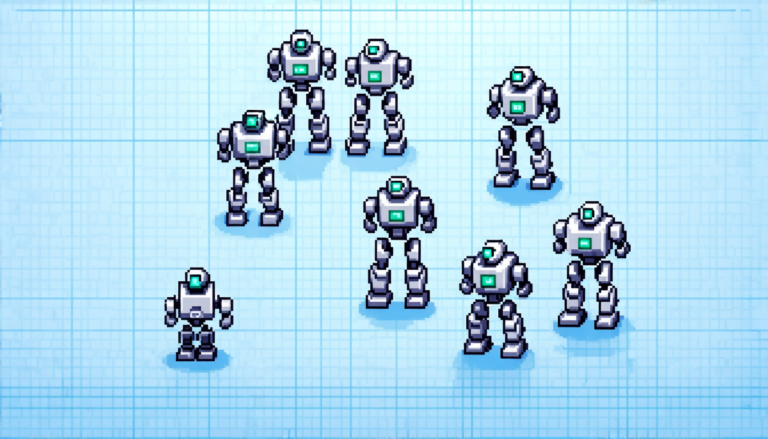Tuesday 08 April 2025
Researchers have made significant strides in developing self-corrective task planning for robots, which could revolutionize the way machines perform complex tasks. The new approach, dubbed InversePrompt, uses a large language model to generate and refine plans, providing clear justifications for feedback.
The problem with current robot planning systems is that they often produce plans that sound plausible but are not accurate or executable. To address this issue, researchers have employed external validators, predefined error sets, or self-correction methods. However, these approaches require human effort and computation resources, limiting their effectiveness in real-world scenarios.
InversePrompt tackles this challenge by incorporating multi-step reasoning into the planning process. The system first generates an action sequence for a given task, then examines its feasibility and logical flow using inverse actions. This step-by-step approach allows InversePrompt to identify errors and provide detailed feedback on the generated plan.
The researchers tested InversePrompt on benchmark datasets and real-world scenarios, including robotic arm tasks like stacking blocks and cooking salads. The results showed that the system outperformed existing methods in task completion, self-correction, and feedback generation. In some cases, InversePrompt required fewer refinement steps to achieve success, demonstrating its efficiency.
One of the key advantages of InversePrompt is its ability to provide clear explanations for errors. This feature enables robots to learn from their mistakes and adapt to new situations more effectively. For instance, when a robot fails to execute a plan due to an incorrect action sequence, InversePrompt can identify the specific error and suggest alternative solutions.
The potential applications of InversePrompt are vast. It could be used in manufacturing, healthcare, and other industries where robots need to perform complex tasks autonomously. The system’s ability to self-correct and provide feedback could also enhance human-robot collaboration, allowing humans to focus on higher-level decision-making while the robot handles execution.
To achieve its goals, InversePrompt leverages large language models like GPT-4o-mini and Gemini-1.5-Flash. These models have been trained on vast amounts of data and can understand natural language instructions. By combining these models with multi-step reasoning, researchers have created a powerful tool for robot planning.
While InversePrompt is still in its early stages, it has the potential to transform the field of robotics. As the technology advances, we may see robots that are not only more efficient but also more intelligent and adaptable.
Cite this article: “Revolutionizing Task Planning with Large Language Models: A Breakthrough in Self-Corrective Reasoning”, The Science Archive, 2025.
Robotics, Planning, Self-Correction, Task Planning, Language Models, Gpt, Gemini, Natural Language, Autonomous, Feedback, Multi-Step Reasoning.







